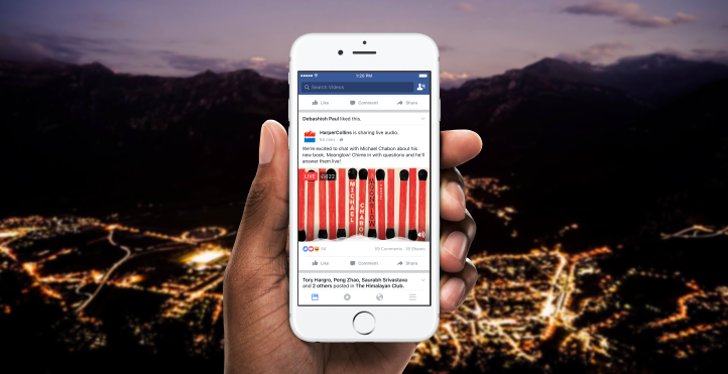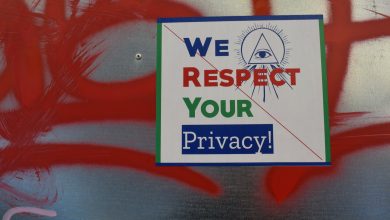
Many brands have built and solidified their fan-base through Facebook and so, it wouldn’t be a miscalculation on your side if you also join the bandwagon. For instance, businesses like photography, Tour and guides, Events management and booking agencies can really do well on Facebook.
What you need to do is buy 1000 facebook likes for every new post, before having a wider fan-base. Remember, social media users are reluctant and they need to be pushed. Well, buying real facebook fans might just be another of pushing them without causing any bodily harm.
Today, we are going to tell why it is important to ire models for your Facebook brand. First you can hire freelancing models in the meanwhile because they aren’t that expensive compare to the ones from modeling agencies. Here are the reasons why you must hire a model:
-
Models are Attractive
Modeling is one of the professions that aren’t meant for anyone who doesn’t resemble a gem or an angel. Models are paid because of their looks rather than anything else. So, if you buy real facebook likes and channel them to models on your posts, be assured to attract a similar number of bought likes. Internet uses are somewhat funny and will only react to posts that already show some level of interaction in form of likes, comments or even shares. That one actually now prompts you to buy facebook fans because you’ll obviously need them to portray that image.
-
They have a Following
Models too have their own fan pages and social media accounts and so they aren’t only bringing their gorgeous beauty but are likely to tag fans along too. Moreover, if you get someone that is so passionate about associating with your brand, they’ll go ahead to share your posts on their timelines, stories and even with other models. So, what do you think will be the reception of your brand if you go ahead to buy facebook likes and incorporate in the likes that your model will attract? Well, the odds are high that you are doing pretty well.
-
Professionalism
If you want to grow big, then you must start going professional as early as possible. Professionalism depicts some level of seriousness and that is important if you want to catch the attention of millions of Facebook users in your region. For instance, if you decide to use models from a reputable agency, you’ll likely get shout outs that will act as a free business mileage to your brand! At the end of the day, that is what you exactly need to carve a market share and dominance for your business.
-
Relatively Affordable
Having someone’s image featuring on your timeline or facebook page once in a while isn’t that expensive as you may think. Moreover, you’ll be footing a bigger chunk of the costs such as logistics and photography.
If you are running a fashion business, then having in-house Facebook models is the noble thing to do. Just make sure that your payment plan and options incorporate deposits, allowances, contingency basis, and performance basis.
That way, you’ll not run broke trying to please your employees. Of course, you can’t pay someone when they don’t bring influence in terms of daily new and unique fans.




